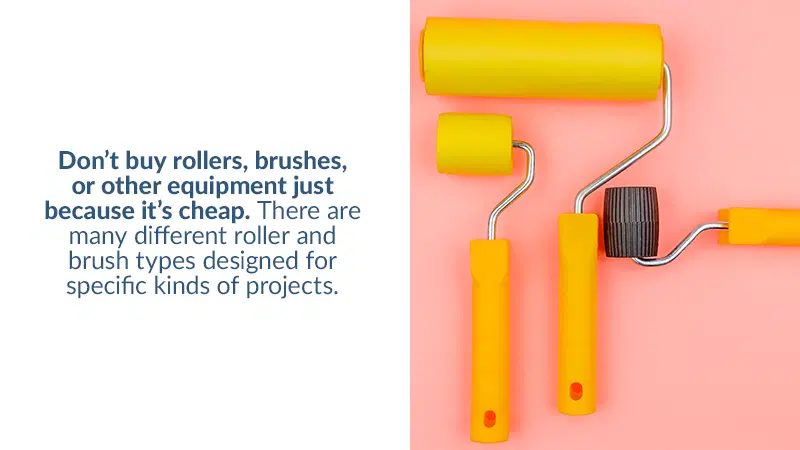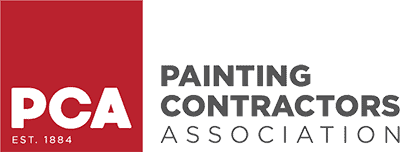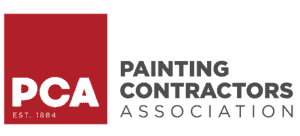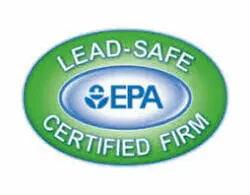If you only have a room or wall to paint, you’re probably considering a DIY project to help save time and money. DIY painting is an option for all kinds of home painting, but it’s very important that you know what you’re doing. Even small mistakes can ruin the look of a room or not give you the results you were hoping more. To help out, we’re talking about some of the most common DIY painting problems we’ve seen, and how you can avoid making these mistakes.
Skipping Your Preparations
It may look like your walls are ready, but take a moment and think about the necessary prep work. Have you cleared out and protected any furniture? Have you cleaned the walls of dust and cobwebs so the paint can properly adhere? Have you laid down tarps or sheets to help protect your floors? Likewise, do you have the right painting clothes yourself ““ as well as a plan to deal with any spills? Skipping preparation is just asking for trouble.
Using Poor Tools
Don’t buy rollers, brushes, or other equipment just because it’s cheap. There are many different roller and brush types designed for specific kinds of projects. Choosing whatever the least expensive option is may seem like saving money, but it’s a good way to get the wrong equipment for your job, and low-quality materials that start shedding bristles or causing other problems. Instead, do a little research and find the right tools for your project.
Not Using Painter’s Tape
Painter’s tape is designed to tape around frames, fixtures, floors, baseboards, and other edges that you don’t want to get any paint on by accident. Not only is painter’s tape a great way to save time on your project, it avoids problems with streaking lines of paint and makes painting narrow corners much easier. Don’t skip this step just because it seems like a lot of work before you paint ““ it’s worth every moment. Oh, and try to find real painter’s tape, which won’t come loose as easily as some other types of tape.

Not Priming the Right Surfaces
Primer is a white coat of paint that goes onto the surface before your intended paint color. Primer is very important in some situations, like preparing rougher surfaces or getting darker surfaces ready for lighter colors of paint. It’s important to understand your project and surface and know if you need primer or not ““ otherwise, the results will not be what you intend, and your paint may be more likely to peel or bubble.
Using The Wrong Type of Paint or Finish
Pay close attention to the type of paint you are using and the gloss level! Low gloss paints are very delicate and harder to clean, while high gloss paints are much more reflective but durable. Also, know if your project needs an oil-based paint or a latex paint.
Dunking Your Brush or Roller Too Deep
When the time comes to begin painting, don’t try to pile as much paint on your brush or roller as possible. DIY painters do this a lot, and it results in a lot of splatter, thickened edges, and a lot of extra smoothing work that needs to be done to fix it. Keep your paint dips to reasonable levels, and don’t be afraid to go slow.
Not sure where to start on your own big painting project? Call Tar Heel Painters today to get the help you need! We can offer advice on a variety of painting projects along with any professional services that you need.





